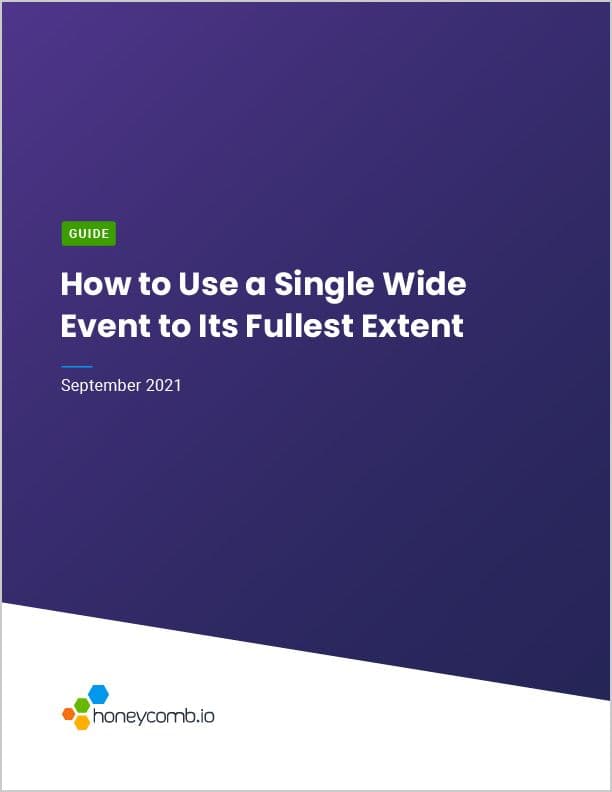How to Use a Single Wide Event to Its Fullest Extent
When running at scale, the typical small trickle of observability data can quickly become a flood. In those cases, sampling your trace data is recommended. But according to Glen Mailer, Senior Staff Software Engineer at CircleCI, not everything can or should be solved with tracing and sampling. As he explained in his talk at hnycon, the solution to production data volume issues can also be found using a single wide event as an alternative to how most tracing is currently done.
Initially, the benefits of using Glen’s “single wide event” approach were presented as mostly budgetary—it’s easy to wrap your head around how much an event costs (and therefore keep costs down) rather than trying to deal with dynamic call graphs of distributed tracing. But as his talk went on, a larger point became clear: using flexible tools like Honeycomb that reward this kind of out-of-the-box thinking allows you to experiment and find your own solutions.
